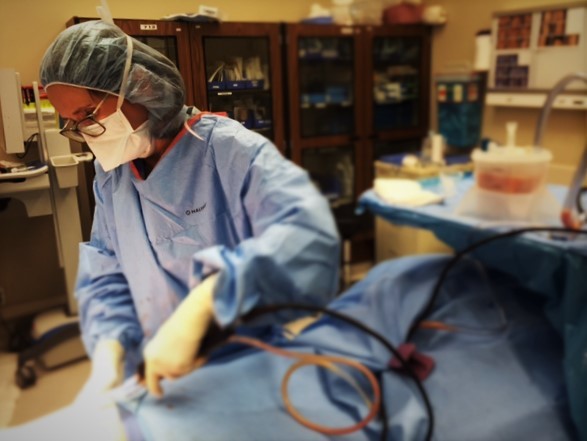 My program director’s doctrine was that the Plastic Surgeon is the Surgeon’s surgeon, an infinitely resourceful problem solver. We, the residents, were satisfied with that accolade, stomping into the ER armed with our digital SLR cameras and magnifying loupe glasses to do battle with difficult wounds, inspired by Tagliacozzi, “We restore, rebuild, and make whole those parts which nature hath given, but which fortune has taken away. Not so much that it may delight the eye, but that it might buoy up the spirit, and help the mind of the afflicted.”
My program director’s doctrine was that the Plastic Surgeon is the Surgeon’s surgeon, an infinitely resourceful problem solver. We, the residents, were satisfied with that accolade, stomping into the ER armed with our digital SLR cameras and magnifying loupe glasses to do battle with difficult wounds, inspired by Tagliacozzi, “We restore, rebuild, and make whole those parts which nature hath given, but which fortune has taken away. Not so much that it may delight the eye, but that it might buoy up the spirit, and help the mind of the afflicted.”
So like many young graduates, I arrived in town determined to be the “first resource”, completely oblivious to the unique socioeconomic, political landscape, which was formerly my hometown. Both of us had evolved but what remained to be seen was whether our needs would synchronize. I offered my experience in decubitus ulcers (bedsores), venous stasis ulcers, and conditions afflicting the most vulnerable, medically complex and often underserved patients. In deference to my senior associate and late father, I did house calls to bed bound geriatrics, whose comorbidities clearly precluded any chance of healing and HIV+ IVDU skin poppers. It was a matter of practicality. Senior members of the division of Plastic Surgery were acclaimed in their cosmetic niches and did not dispute my staking a claim.
I had formerly measured life in increments of training: 4 years of undergraduate & medical studies, 5 years of General Surgery and 3 years of Plastic Surgery. Four years later, having earned Board Certification and Fellowship in the American College of Surgeons, my practice focus turned to Workman’s Compensation hand injuries. I learned about the interactions between the medical and legal professions and also the lives, which depended on this uneasy cooperation. And thus I earned my “stripes” as a young plastic surgeon, developing my “craft”, growing in judgment while all the while listening to my “audience” (patients, staff and the environment). The passage of time was no longer measured in blocks of time but in mastery of diverse Plastic Surgery procedures.
When offered membership in the Hoag Independent Physician’s Association, GNP, the pace quickened fielding breast reduction, breast reconstruction, skin cancer reconstruction and other “bread and butter” cases. I was also becoming a leader, recruiting staff and creating an enticing practice environment whose mission and vision was patient centric. It has been observed that medicine has “religious” or technical aspects but development of a practice “brand” or style is equally important. Ironically, being recognized as a provider of services was easier than choosing a public personality but eventually social convention gave way to a sense of self. Supported by staff and family, I concentrated my efforts on building an elective practice, no longer apologetic that it was not a “real” discipline. Cosmetic surgery procedures involve actual medicine, real patients, hopes and expectations. My father had always maintained that it was the right fit for him, and for me.
So have I managed to conform to that high ambition, the Surgeon’s Surgeon? Only time will tell. I am content to have managed to balance personal and professional obligations. Ever mindful of the limited “shelf life” of a surgeon, I remain rooted in the present. Yesterday has gone, tomorrow is a promise and all we have today.
Carpe diem!


